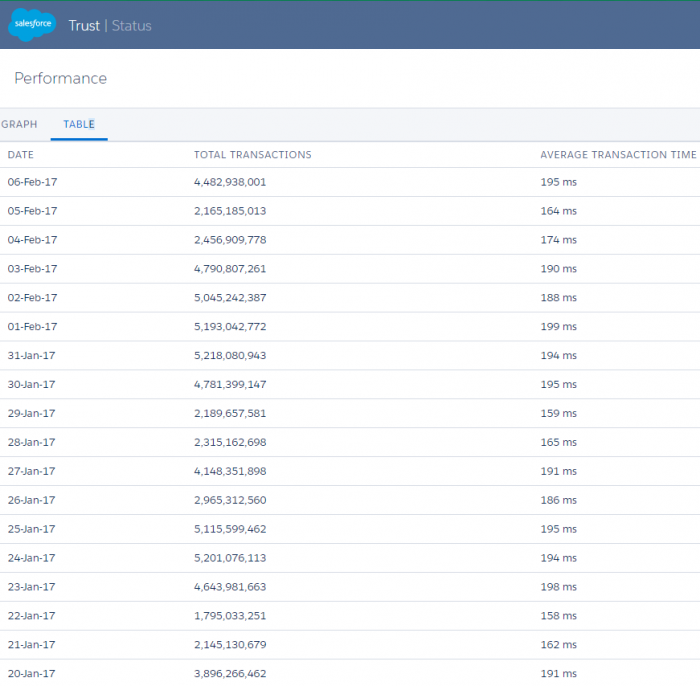When looking to estimate product adoption the amount of data available is often limited. You may ask yourself who else is using a particular product when considering using it yourself. You may need data for market research or investment purposes. Or you may just be curious on the trends of a particular product or brand. In this article we go through some of the places where you can find data points.

Summary
Here are 5 methods to estimate product adoption and trends using publicly available data:
- Read financial statements if the company is publicly traded, especially the 10K reports and income statements.
- Use Google Trends to estimate organic searches for a product name, using it as a keyword.
- Check the Alexa service, which provides a ranking of websites by country.
- Visit product forums, support forums and product-specific websites that might include additional data on trends.
- Keep a clear mental distinction between commercial markets and user adoption, i.e. Mind Share Markets.
Why do product trends matter?
If you are comfortable being the only user for a given product, then this article is probably not for you. But for most of us, knowing that a product has traction, is being widely used, is a signal that this product has been battle-tested by other users. It’s a signal that the product will likely be updated in the future, because there are enough users with demand for it. It’s also useful for those doing market research or investments, to know whether or not a product is gaining popularity.
Financial statements
The most accurate data sits in a company’s financial statements. These reports are legally required, auditable, so businesses take the reporting seriously. The balance sheet and cash flow statements provide a sense of breadth for the business behind the product: it shows the value of assets, liabilities, and cash position. Income statements are great for adoption trends: you can see the company’s total revenues year-over-year, quarter-over-quarter. If the product you’re looking to study makes up most of the total revenues the income statement represents a good proxy. If not, you want to read the annual report, also called the form 10K. Some companies provide product-by-product sales details and information about markets. Warren Buffett repeatedly praises the value of financial statements, in particular annual reports, to understand markets, products, companies, and get a sense of future trends. When these are not available or not sufficient, you can get additional data points through less precise tools.
Google Trends
Google Trends is an automated reporting tool based on keyword searches. All search results for a particular keyword make up a total score. Google servers keep the score over time. Consider a product name as a keyword: if people search for “Microsoft Windows”, Google Trends will isolate this search term and make a chart out of it. You can then see how searches go up and down over time. You can also compare how one product ranks versus another. That’s clearly not a proxy for revenues, especially if the product is free or upgradeable, or if the searches have nothing to do with new sales. But it does collect some mindshare data and plots it over time.
Let’s take an example. How is the adoption of Pinterest going over time?

Alexa.com
Alexa.com performs similar rankings, by estimating website traffic. It’s a rough estimation and it’s not clear how Alexa does the measurement. Since exact measuring would require site owners to add a tracking code on their website and currently only a small percentage of businesses do this, Alexa’s rankings appear to be guesstimates. Still, you can take that guesstimate data, and calibrate it with data from Google Trends. The Alexa service ranks sites by country, so you can have an idea also of adoption at the country level.
Product specific metrics for adoption
A fourth method to estimate product adoption is visiting the actual product pages. Depending on websites, some will share metrics publicly you could find useful in estimating product adoption. Take the example of Salesforce. For over a decade it has shared the number of transactions per day on its servers as a way to show adoption, transparency and trust. Now, if you want to study this over a long time you will need to save historical data, since the company only provides numbers for the last rolling 30 days or so. If the number of transactions per day go up or down, while not an exact proxy for revenue or usage, it does mean users do more or less on the platform on the whole – all else being equal technically. Keep in mind technological changes can result in different transaction counts for a same usage level. See this as a rough estimate, nothing more.

You can also head over to product forums. Google has plenty of these product forums. Want to know what users think of Google’s phones? Check out the Pixel forum. Think of the products you are looking to understand better: where do users log questions? You can see the total count, and what kind of questions users have, what issues, if any, they are facing. If the product has a marketplace that includes downloads count or number of active installations, this is another loose proxy. WordPress, the largest content management system, shows both the total number of active installations and the downloads over time.
Commercial markets vs. Mind Share markets
Analyst reports and other revenue metrics often miss the adoption of products, especially when it comes to zero-cost products like open source software. It’s not unusual to have open source software or other free products take a large part of the market and user adoption, while leaving most of the revenue for the time being to other companies. Free products and a lot of user adoption flies underneath the “radar” of analyst reports. This is discussed in the first chapters of The Mind Share Market.
Conclusion: how to estimate product adoption
Other than an annual report, which only comes once a year ie not frequently, no metric is likely to give you a perfect representation of user adoption and relative market share. However, if you use a combination of tools like those listed above you can triangulate data points to estimate product adoption quite accurately. And don’t forget to speak with customers.

Leave a Reply